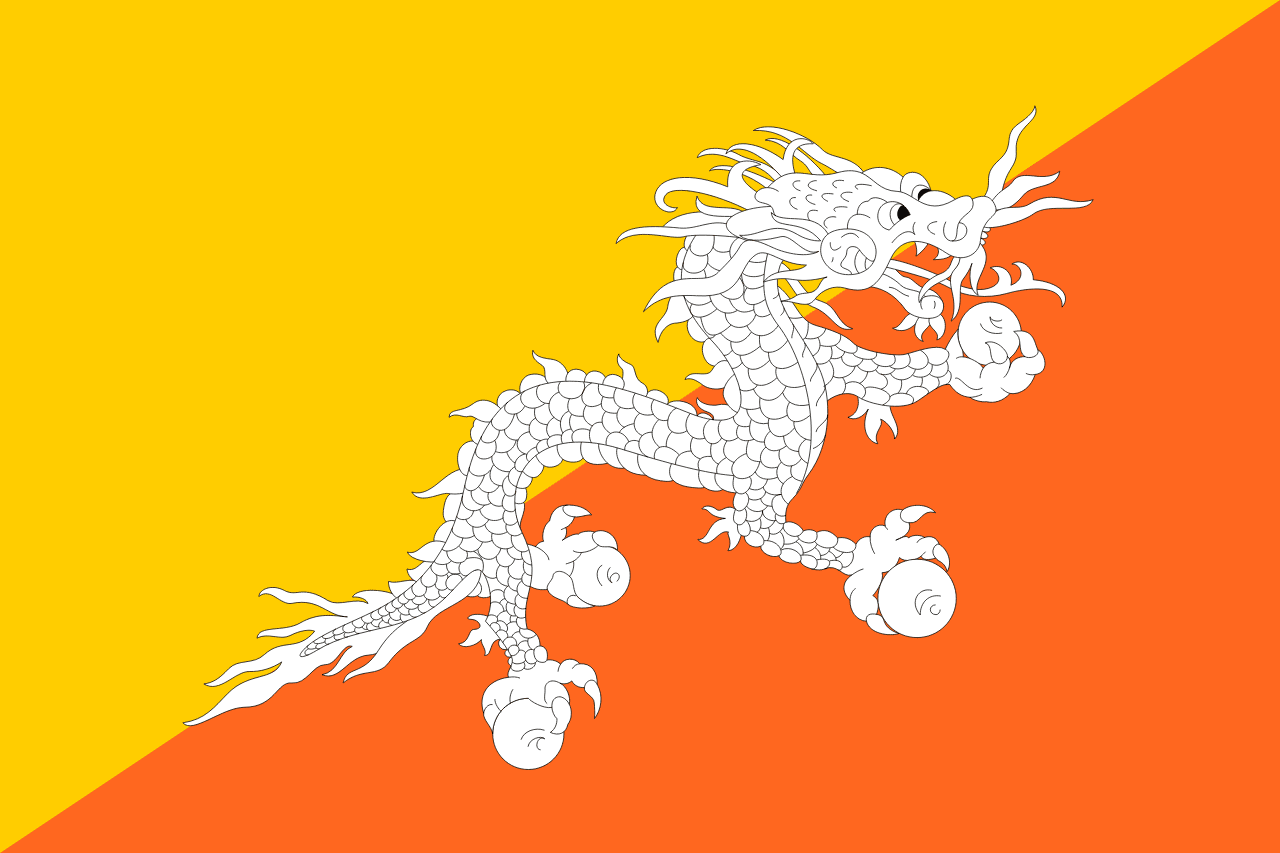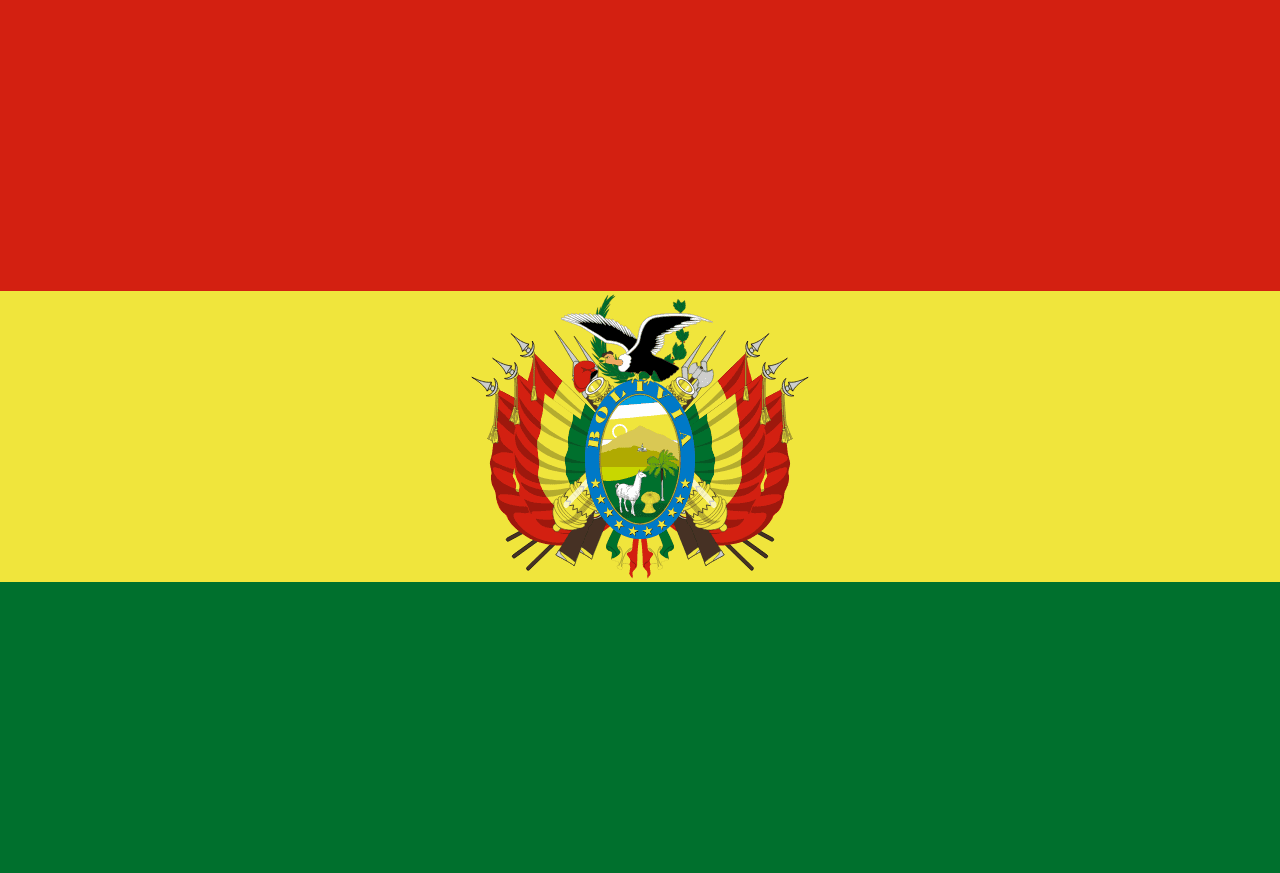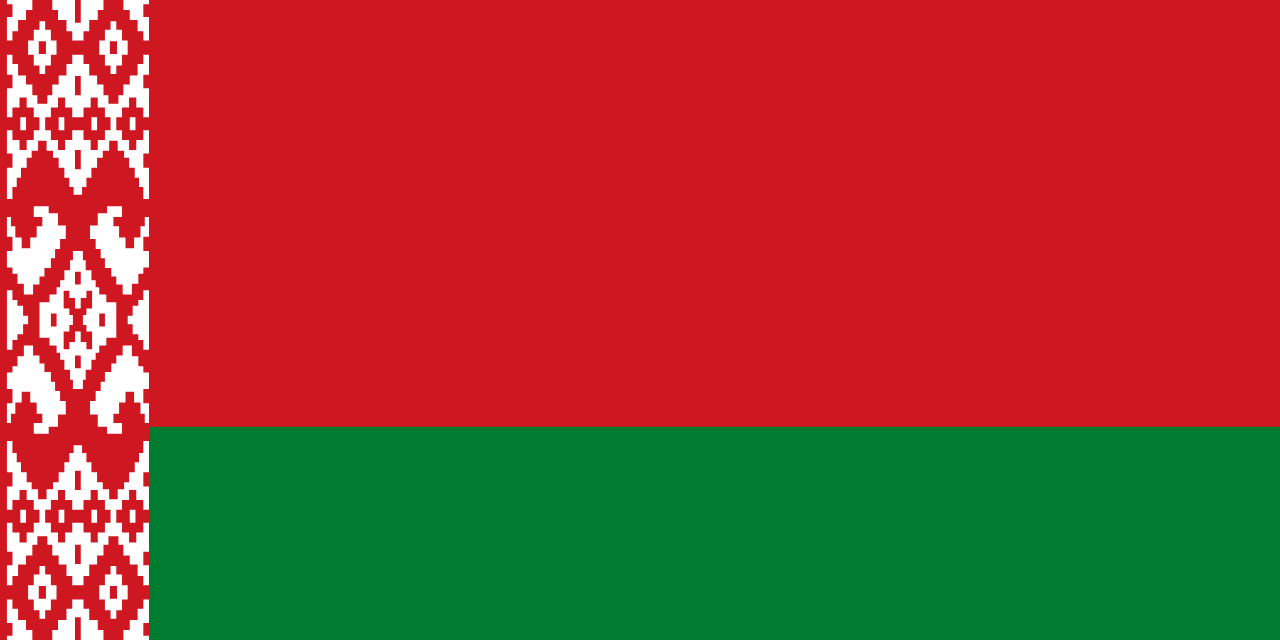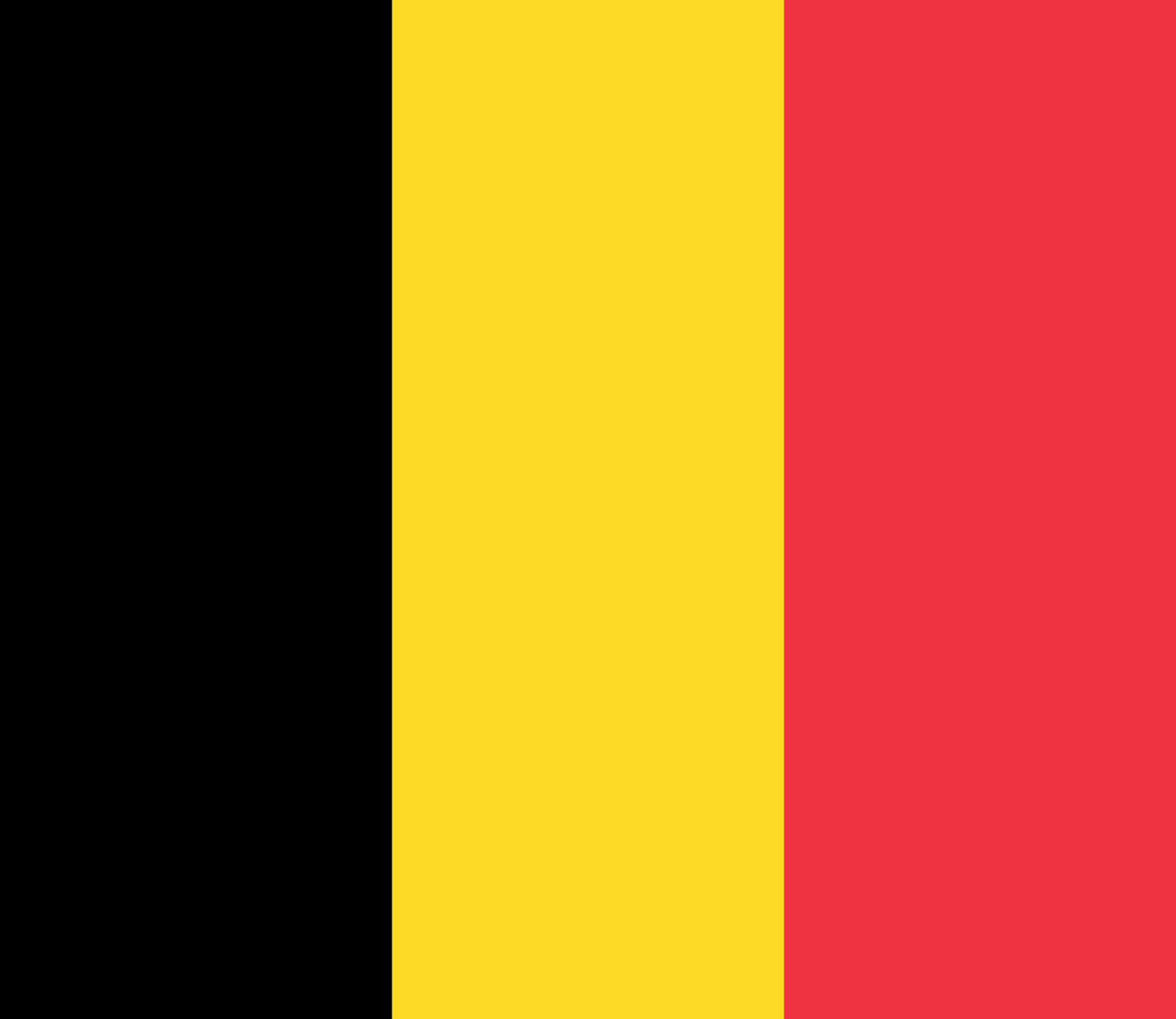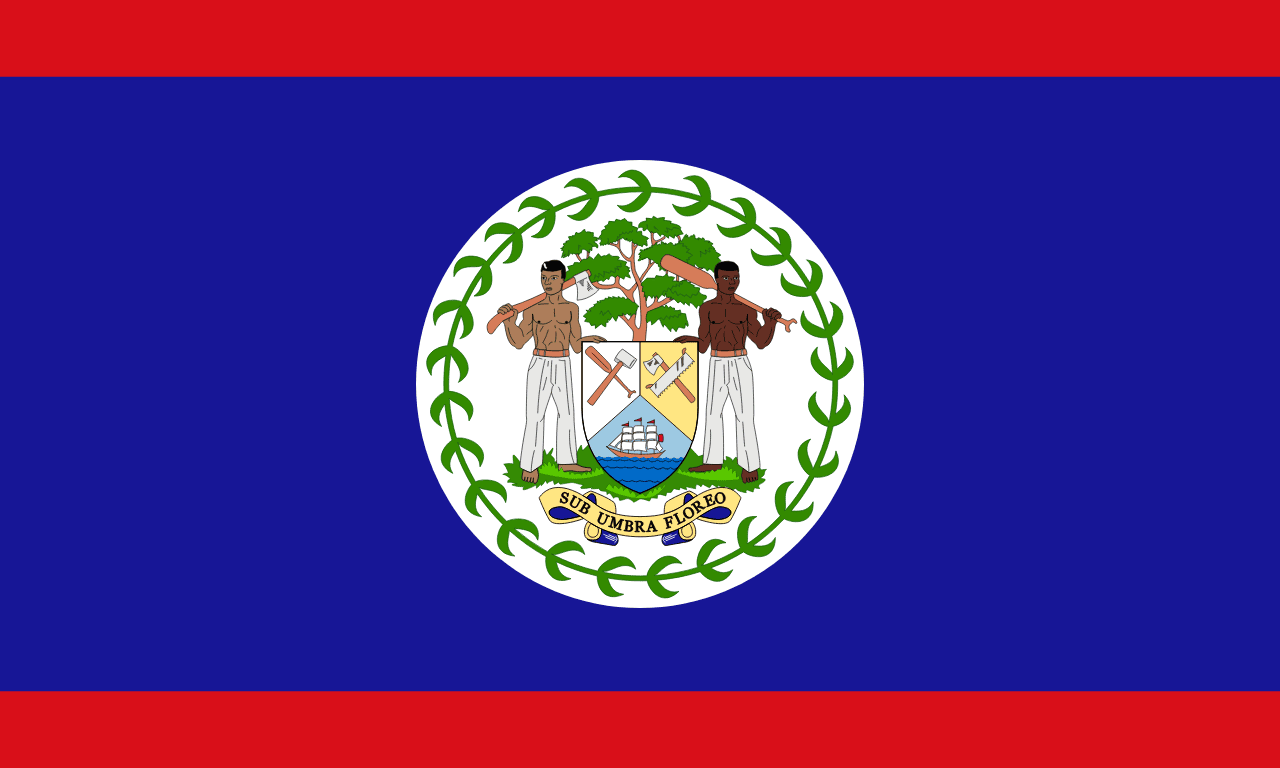The flag of Benin consists of two horizontal bands of yellow and red, with a vertical green band at the hoist side. This vibrant tricolor design encapsulates Benin's rich history, cultural heritage, and aspirations for the future.
Benin information
| National Flag Day | August 1st |
| Sovereign state | Yes |
| Official name | Republic of Benin |
| Capital | Porto-Novo |
| Population | 12,123,200 |
| Area | 112,760 km² |
| Currency | West African CFA franc (XOF) |
| Language | French, Fon, Yoruba, Bariba |
| Continent | Africa |
| Region | West Africa |
| Subregion | — |
| Borders | Nigeria, Niger, Burkina Faso, Togo |
| Timezone | West Africa Time (WAT) UTC+1 |
| Calling code | +229 |
| Top-level domain | .bj |
History of the Beninese Flag
 The current flag of Benin was originally adopted on November 16, 1959, when the country gained autonomy within the French Community. It was retained upon full independence on August 1, 1960. However, the flag was replaced in 1975 when the country, then known as Dahomey, adopted a new flag under the Marxist-Leninist government and changed its name to the People's Republic of Benin.
The current flag of Benin was originally adopted on November 16, 1959, when the country gained autonomy within the French Community. It was retained upon full independence on August 1, 1960. However, the flag was replaced in 1975 when the country, then known as Dahomey, adopted a new flag under the Marxist-Leninist government and changed its name to the People's Republic of Benin.
Following the country's transition to a multi-party democracy, the original flag was readopted on August 1, 1990. This reinstatement symbolized a return to democratic principles and a break from the socialist past.
Symbolism and Design of the Beninese Flag
Each color of the Beninese flag holds deep symbolic meaning:
- Green: Represents hope and revival. It also symbolizes the country's lush vegetation, particularly the palm groves that are significant to Benin's economy and landscape.
- Yellow: Symbolizes the preservation of the country and the most prized parts of the soil. It also represents the savannas in the north of the country.
- Red: Signifies the courage of the ancestors. It's also interpreted as representing the blood shed by those who fought for the country's independence.
The vertical arrangement of the green band at the hoist side is unique among national flags, making Benin's flag instantly recognizable.
Evolution and Specifications of the Beninese Flag
While the flag's basic design has remained constant since its original adoption, there have been periods of change:
- The flag's proportion is 2:3, a common ratio for national flags.
- From 1975 to 1990, Benin used a different flag featuring a green field with a red star in the upper hoist corner.
- The current flag's colors are inspired by the Ethiopian flag, reflecting Pan-African solidarity and the influence of the African independence movement.
Usage and Significance of the Beninese Flag
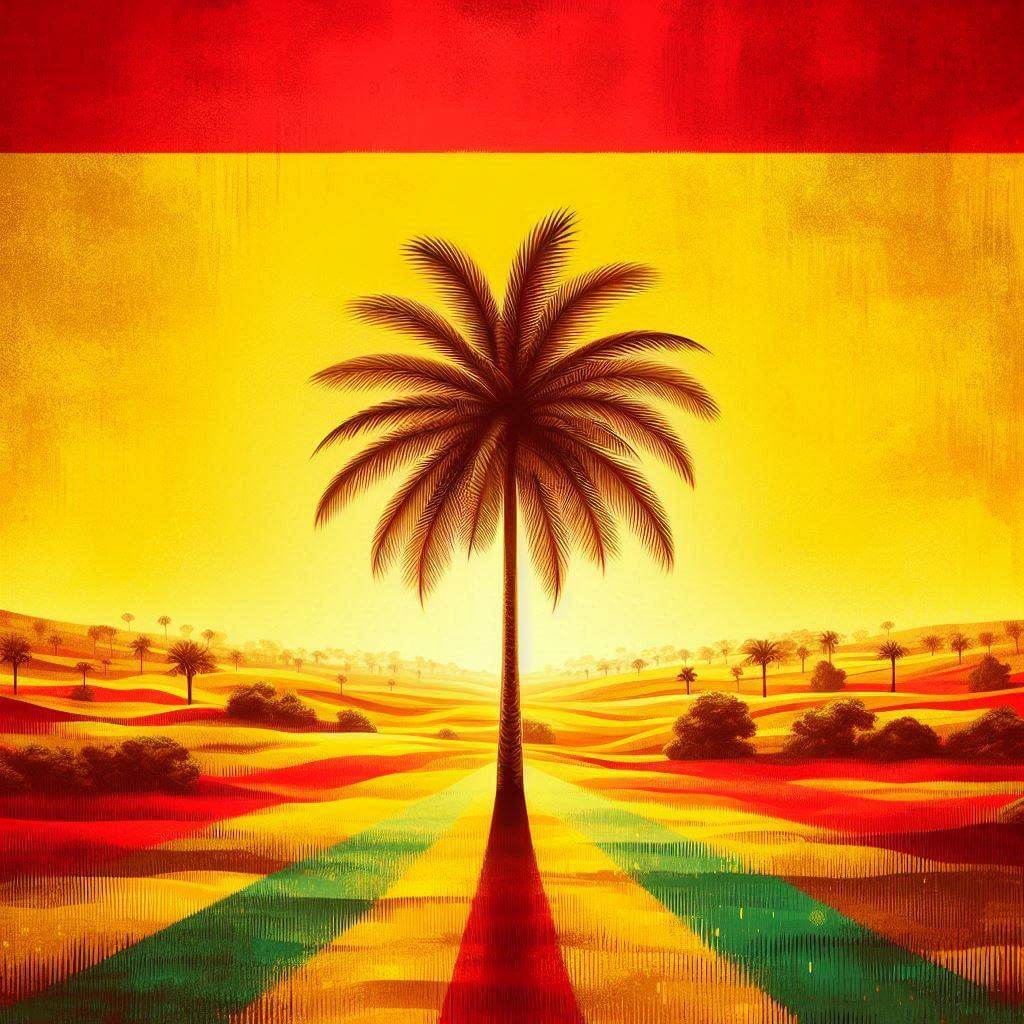 The flag of Benin is a powerful symbol of national pride, unity, and independence. It is prominently displayed on government buildings, schools, and public institutions throughout the country. During national holidays, particularly Independence Day on August 1st, the flag takes center stage in celebrations across Benin.
The flag of Benin is a powerful symbol of national pride, unity, and independence. It is prominently displayed on government buildings, schools, and public institutions throughout the country. During national holidays, particularly Independence Day on August 1st, the flag takes center stage in celebrations across Benin.
In international contexts, the Beninese flag represents the nation at diplomatic events, United Nations gatherings, and global sporting competitions. It serves as a visual ambassador, instantly recognizable and respected worldwide, embodying Benin's sovereignty and cultural heritage.
Interesting Facts About the Beninese Flag
- The flag's colors of green, yellow, and red are often referred to as the Pan-African colors, shared by many African nations in their flags.
- Benin's flag is one of the few national flags with a vertical band on the hoist side, making it visually distinctive.
- The readoption of the original flag in 1990 was seen as a symbolic rejection of the Marxist-Leninist ideology that had governed the country for 17 years.
- The flag's design is simple enough that it's often used in face painting and other forms of national celebration during important events.
- In Beninese culture, the flag is treated with great respect, and there are protocols for its proper display and handling.
- The flag's colors are often incorporated into traditional Beninese textiles and artwork, blending national symbolism with cultural expression.
- Despite changes in government and ideology, the basic design of the flag has remained a constant symbol of Beninese identity for over six decades.

